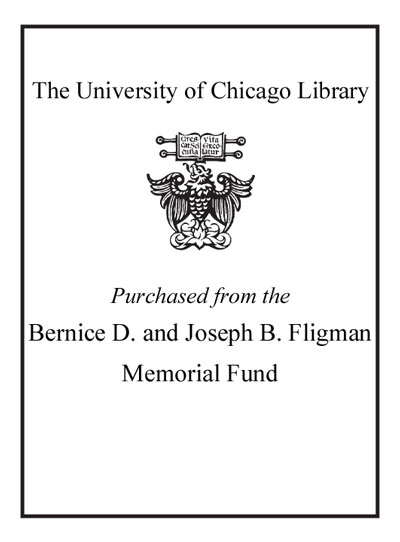Hidden Bibliographic Details
| Other authors / contributors: | O'Neill, John Philip, 1931-
Musée du Louvre.
Metropolitan Museum of Art (New York, N.Y.)
|
|---|
| ISBN: | 0870997580
9780870997587
0870997599
9780870997594
0810965003
9780810965003
0300086024
9780300086027
|
|---|
| Notes: | "This publication is issued in conjunction with Enamels of Limoges, 1100-1350, held at the Musée du Louvre, Paris, October 23, 1995-January 22, 1996, and at the Metropolitan Museum of Art, New York, March 5-June 16, 1996."
Includes bibliographical references (pages 451-468) and index.
|
|---|
| Summary: | Limoges enamels, the richest surviving corpus of medieval metalwork, were renowned throughout Europe in the Middle Ages. Yet today they are little known outside academic circles. The present volume, published in conjuction with the exhibition Enamels of Limoges, 1100-1350, brings to deserved public attention nearly two hundred of the most important and representative examples from the collections of The Metropolitan Museum of Art, the Musee du Louvre, the great church.
Treasuries of France, and other sources. The works of Limoges were created for important ecclesiastical and royal patrons. The wealth of enameling preserved from the Treasury of the abbey of Grandmont, just outside Limoges, is due chiefly to the Plantagenet patronage of Henry II and his queen, Eleanor of Aquitaine. Enamels created during their reign resonate with the elegant style of the court, and the dramatic history of Henry's monarchy is evoked by such works as the.
Reliquary of Saint Thomas Becket. Ecclesiastical patrons such as Archbishop Absalon of Lund, Cardinal Guala Bicchieri, and, above all, Pope Innocent III were key to the dissemination of Limoges work throughout the churches of Europe. While few of the artists who created the enamels that have come down to us are known by name, the works of several - Master Alpais, Garnerius, and Aymeric Chretien - are here juxtaposed with related pieces, some of them demonstrably from the.
Same atelier.
|
|---|
| Other form: | Online version: Enamels of Limoges. New York : Metropolitan Museum of Art : Distributed by H. Abrams, ©1996
|
|---|

